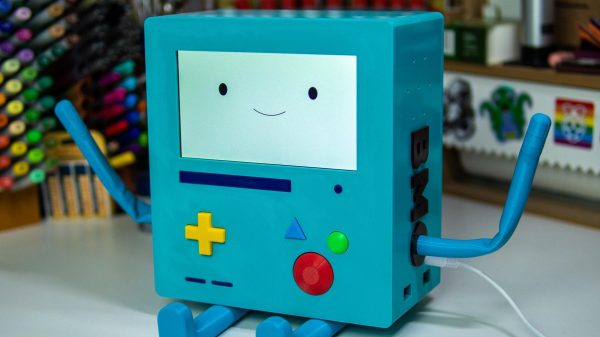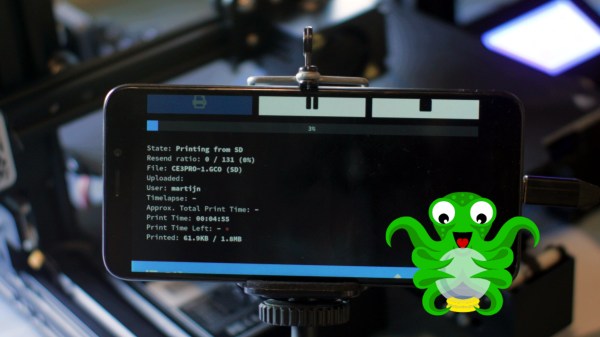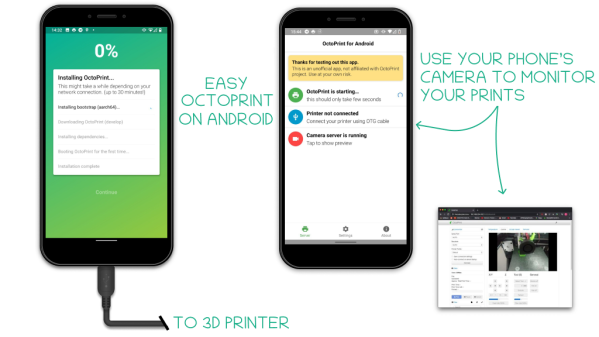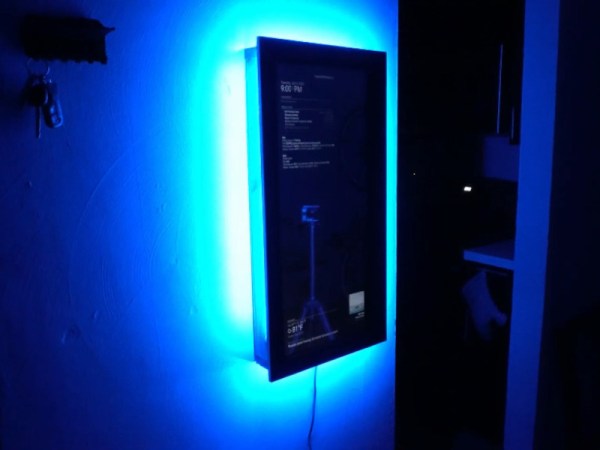OctoPrint is a useful tool for 3D printers, providing remote access to essentially every 3D printer with a USB port. [Allie Katz] decided to build an OctoPrint server in the shape of a life-sized BMO from Adventure Time, and the results are cute as heck.
A Raspberry Pi 4 is the heart of the build, with [Allie] selecting a 8 GB model for the job. It’s paired with a Raspberry Pi touchscreen that serves as BMO’s face. The Pi is also given a stereo audio output board, and hooked up to a custom PCB that runs all of BMO’s buttons. Printing BMO itself was fairly straightforward, but requires some experience working with larger PETG parts. A useful note for those playing along at home is that Polymaker PolyLite PETG in teal is just about a perfect dupe for BMO’s authentic body color.
A bit of Python code animates BMO’s face and delivers funny quips at the press of a button. When it’s time to work, though, the touchscreen serves as a straightforward interface for OctoPrint. The resulting build is both fun and functional, and a great example of what 3D printing really can achieve. It’s a cute figurine and a functional print all in one, something we don’t see everyday!
Continue reading “Big 3D Printed BMO Is Also An OctoPrint Server”






















